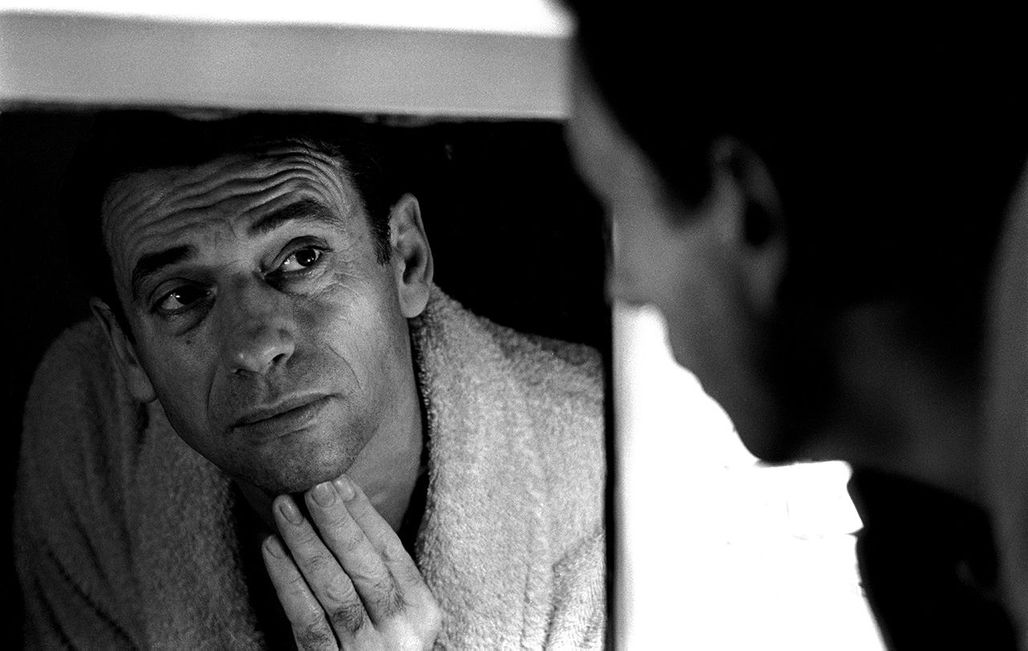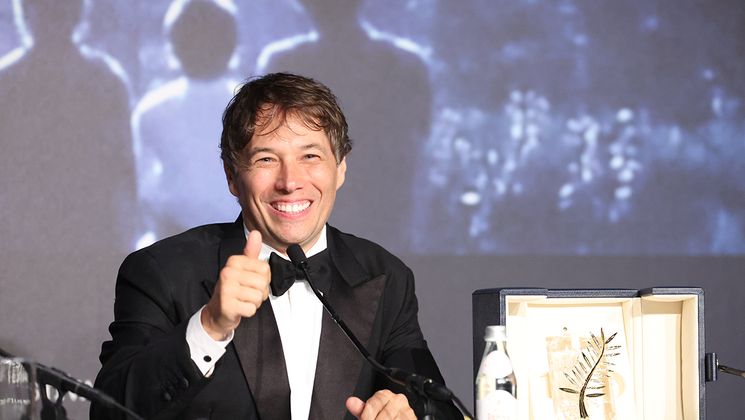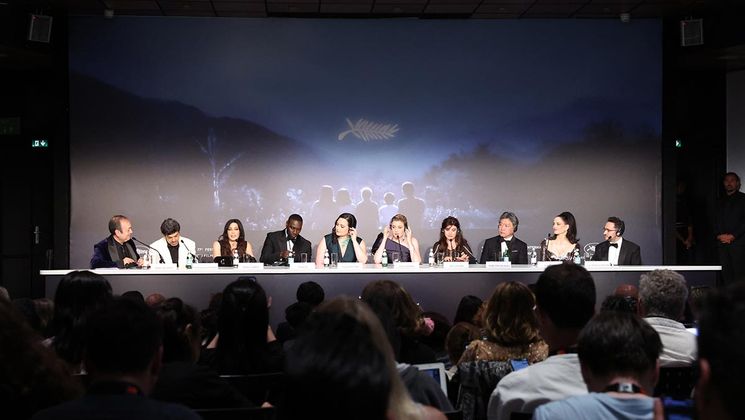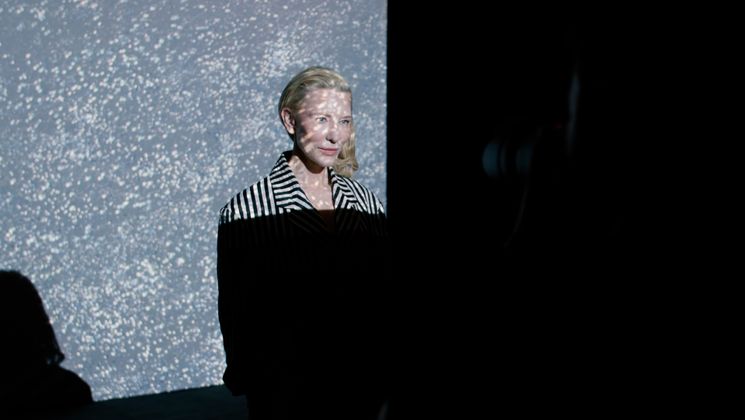
Montand est à nous: a multifaceted look by Yves Jeuland and Vincent Josse

After Charlie Chaplin, le génie de la Liberté (Charlie Chaplin, the Genius of Liberty), the documentary maker Yves Jeuland explores, alongside Vincent Josse, the flamboyant life of another mythical figure: Yves Montand. Montand est à nous is produced by Félicie Roblin.
In this documentary you explore a mythical figure from your childhood. What parts of his personality fascinate you?
Before, I made do with slipping Montand into my films in more or less subliminal touches, but I never did so directly. This time, I’ve finally got hold of the hero of my life.
This passion has been with me since I was a teenager. Even though my family had always listened to Montand, everything really started for me when I was 13 or 14 and my parents bought me the double album Olympia 81 for Christmas. It was a revelation. I would listen to it nonstop. So for me, Montand was first of all a voice. A song. Then came politics. And after that cinema.
Unfortunately, I never got to interview him, I only just asked him a question on the air on the France Inter radio station, for their show “Le téléphone sonne”. That was in 1986. I had met him in Paris three years earlier, at Place Dauphine, but I couldn’t form a coherent sentence. I was too overwhelmed. I was fifteen. For his part, Vincent Josse was able to conduct a lengthy interview with him for a student dissertation he did on Montand. I would have loved to be in his position!
Montand est à nous explores multiple aspects of his life. Which aspect did you want to particularly highlight?
This is a first-person film that is really eclectic. It examines the aspects of his life in an emotional way. It’s not an exhaustive catalogue of him. We made choices. Choices that are highly subjective. But we certainly drew extensively from both his discography and his filmography. As well as from little-known interviews. Pleasure and emotion were what determined our choices. Nostalgia, too, sometimes.
You work a lot with images from archives. Are some of them unseen?
Yes. As was the case with my documentary on Chaplin, you think everything’s already been seen, but no! I’m thinking especially of the magnificent shots of Montand and Simone Signoret in Saint-Paul-de-Vence in 1950, just after they had met.
And thanks to Eric Le Roy from the Archives Françaises du Film, I had access to unreleased rushes from a political short film by Yannick Bellon shot in 1955. It was originally called La Maison du Bonheur but ended up with the title Un matin comme les autres. It was the first film to bring together Simone and Montand, even before the shooting of Sorcières de Salem (The Crucible). It was produced by Procinex, a company with close ties to the French Communist Party. Henri Alekan was the director of photography. It’s a hidden gem.
I could also mention photographs, some of which belong to me. I’m thinking of Montand with Brassens and Mouloudji, or in the company of the Frères Jacques.
And then there are the precious rushes that were never used from the making-of of Jean de Florette and Manon des Sources (Manon of the Spring), shot by Serge Viallet in 1985! Serge filmed Yves Montand during the makeup sessions. For the role of Papet, Montand had to be aged ten or fifteen years. Seeing his reflection in the mirror plunged Montand into existential despair. Being able to discover these images was a real treat for us.


